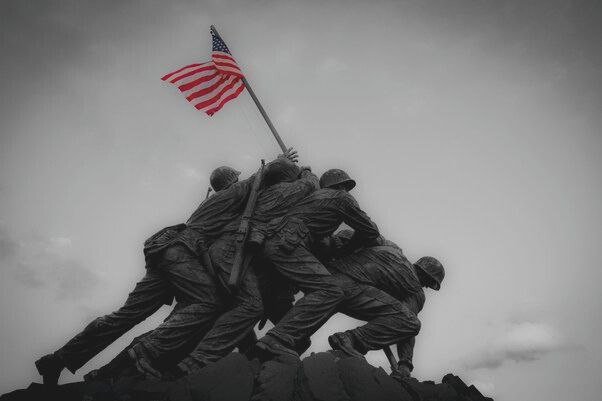
Contents

The United States, situated in the central part of North America, stretches from the Atlantic Ocean on the east to the Pacific Ocean on the west. Bordered by Canada to the north and Mexico to the south, its vast landscape encompasses diverse climates and topographies. The nation’s founding traces back to July 4, 1776, when thirteen colonies declared independence from British rule, marking the birth of a new republic driven by democratic ideals and governance.
Since its inception, the United States has evolved into a prominent global power, both economically and militarily. The early years were characterized by westward expansion, guided by the concept of Manifest Destiny, which spurred settlers to explore and settle new territories. The 19th century saw significant growth, including the Louisiana Purchase in 1803 and the annexation of Texas in 1845, which contributed to the nation’s burgeoning size and influence.
Key historical points in the United States’ development include the Civil War (1861-1865), a pivotal conflict that addressed the deeply entrenched issue of slavery and ultimately led to the preservation of the Union. The post-Civil War era ushered in a period of industrialization and economic expansion, positioning the country as a burgeoning industrial power by the turn of the 20th century.
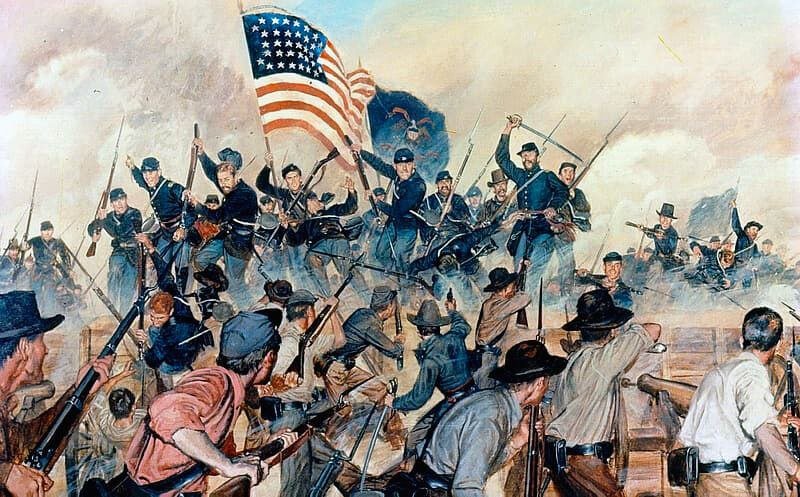
The United States’ involvement in global conflicts has further shaped its historical trajectory. Participation in World War I (1917-1918) marked its emergence as a key player on the international stage. The aftermath of World War II (1941-1945) solidified its role as a superpower, leading to significant influence in global politics, economics, and military affairs during the Cold War era and beyond. Subsequently, the nation’s engagements in the Korean War, Vietnam War, and the more recent conflicts in the Middle East have continued to underscore its strategic and geopolitical significance.
Today, the United States remains a central figure in international relations, with its history of wars and conflicts playing a crucial role in shaping its identity and policies. Understanding this historical perspective is essential to fully grasp the complexities of its current global standing.
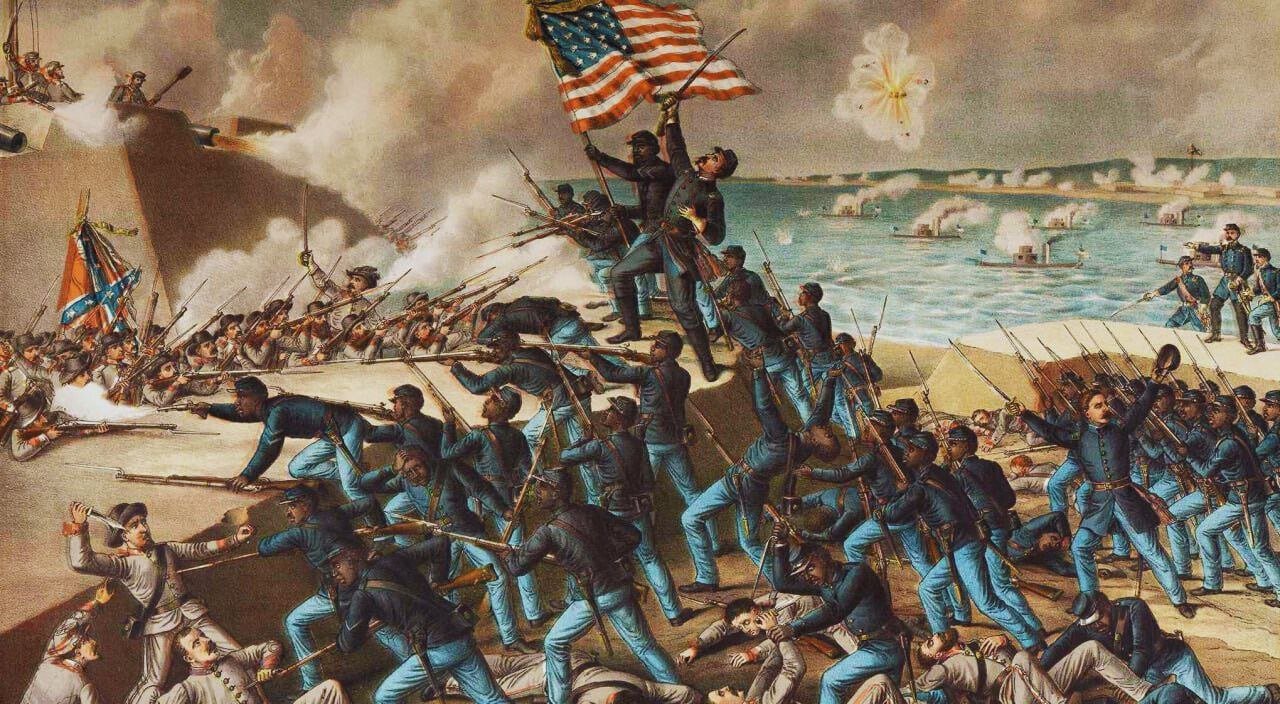
The Revolutionary War
The American Revolutionary War, spanning from 1775 to 1783, was a seminal conflict that resulted in the United States gaining independence from British rule. The roots of the war lay in mounting tensions between the thirteen American colonies and the British government. Discontent brewed over issues such as taxation without representation, the imposition of the Stamp Act, and the Intolerable Acts, which were seen as direct affronts to colonial autonomy.
As hostilities escalated, the first major confrontation occurred at the Battles of Lexington and Concord in April 1775. These battles signaled the start of open warfare. Subsequently, the Siege of Boston and the Battle of Bunker Hill further fueled the colonists’ resolve. The Continental Congress, meeting in Philadelphia, responded by forming the Continental Army and appointing George Washington as its commanding general.
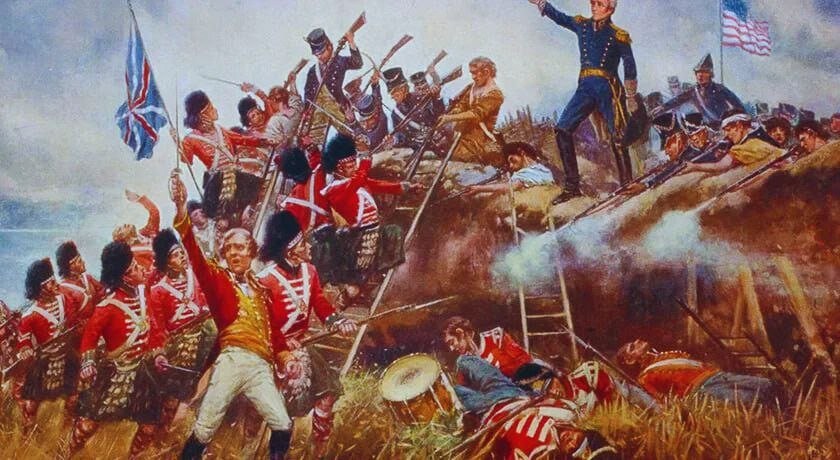
Key figures like George Washington and Thomas Jefferson played pivotal roles in the Revolutionary War. Washington’s leadership was instrumental in sustaining the Continental Army through arduous conditions and numerous battles, including the crucial victories at Trenton and Princeton. Meanwhile, Jefferson’s eloquence in drafting the Declaration of Independence in 1776 provided a powerful ideological foundation for the colonies’ quest for sovereignty.
The Revolutionary War witnessed several significant engagements, such as the Battle of Saratoga in 1777, which marked a turning point by securing French support for the American cause. The war culminated in the Siege of Yorktown in 1781, where British General Cornwallis’s surrender effectively ended major combat operations. The Treaty of Paris, signed in 1783, formally recognized the United States as an independent nation.
The outcomes of the American Revolutionary War were far-reaching. The successful fight for independence not only established the United States as a sovereign entity but also inspired subsequent democratic movements worldwide. The war’s conclusion paved the way for the drafting of the U.S. Constitution, embedding principles of liberty and governance that continue to shape the nation.
The Civil War
The American Civil War, spanning from 1861 to 1865, stands as a pivotal chapter in the history of the United States. The conflict was primarily rooted in deep-seated differences over slavery and states’ rights. The Southern states, heavily reliant on an agrarian economy sustained by slave labor, sought to preserve their way of life. Conversely, the Northern states, with their burgeoning industrial economy, leaned to

wards abolitionism and a more centralized federal government. These opposing ideologies led to the secession of eleven Southern states, forming the Confederate States of America, thereby igniting a brutal and transformative war.
Major battles such as the Battle of Gettysburg, the Battle of Antietam, and the Siege of Vicksburg were turning points that shaped the course of the war. The Battle of Gettysburg, in particular, marked a significant defeat for the Confederacy and is often cited as the war’s turning point. The war witnessed immense bloodshed, with estimates of over 600,000 soldiers losing their lives, making it one of the deadliest conflicts in American history.
Key figures played instrumental roles in the Civil War. Abraham Lincoln, the 16th President of the United States, emerged as a central figure with his steadfast commitment to preserving the Union and his issuance of the Emancipation Proclamation, which declared the freedom of slaves in Confederate-held territory. Ulysses S. Grant, who later became the 18th President, was a prominent Union general whose military strategies were crucial in securing Union victories. His relentless campaign against Confederate General Robert E. Lee ultimately led to the surrender of the Confederate Army at Appomattox Court House in 1865.
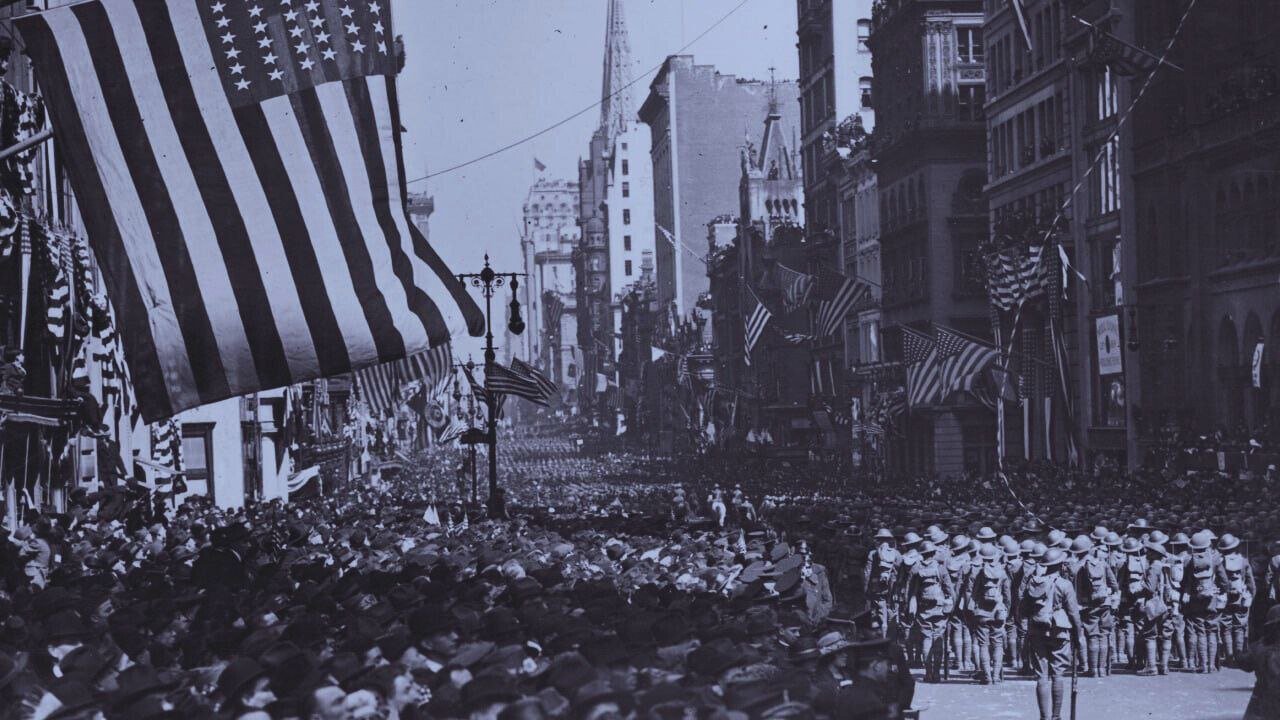
The Civil War’s aftermath had profound and lasting effects on American society and politics. The abolition of slavery, enshrined in the 13th Amendment, was a monumental step towards civil rights, although true equality remained elusive for many years. The war also cemented the federal government’s supremacy over states, redefining the nation’s political landscape. The Reconstruction era that followed sought to rebuild and integrate the Southern states, though it was fraught with its own challenges and conflicts. The legacy of the Civil War continues to influence the United States, shaping its national identity and ongoing struggles for equality and justice.
World War I
The United States’ involvement in World War I marked a significant turning point in its international role. Initially adopting a stance of neutrality, the United States entered the conflict in 1917, driven by a combination of factors. Key among these were the unrestricted submarine warfare conducted by Germany, notably the sinking of the RMS Lusitania, and the Zimmermann Telegram, in which Germany proposed a military alliance with Mexico against the United States. These provocations, coupled with economic interests and ideological commitments to democracy, spurred President Woodrow Wilson to advocate for intervention.

Once engaged, American troops, known as the American Expeditionary Forces (AEF), played a crucial role in bolstering the exhausted Allied forces. Under the command of General John J. Pershing, the AEF participated in pivotal offensives, including the Meuse-Argonne Offensive, which contributed significantly to the eventual defeat of the Central Powers. The presence of fresh American soldiers and resources was a decisive factor in tipping the balance in favor of the Allies.
The aftermath of World War I had profound implications for American foreign policy. President Wilson emerged as a leading figure on the global stage, advocating for the Fourteen Points, a set of principles aimed at promoting peace and preventing future conflicts. His efforts were instrumental in the creation of the League of Nations, although the U.S. Senate ultimately rejected membership due to concerns over national sovereignty and entanglements in international affairs.
The Treaty of Versailles, signed in 1919, formally ended World War I. While Wilson played a significant role in its negotiation, the treaty’s harsh reparations and territorial adjustments sowed the seeds of future discontent, particularly in Germany. Nonetheless, the war marked the beginning of a more interventionist American foreign policy, setting the stage for the United States to become a dominant global power in the 20th century.
World War II
The United States played a pivotal role in World War II (1941-1945), marking a significant period in the nation’s history. The catalyst for American involvement was the surprise attack on Pearl Harbor by Japanese forces on December 7, 1941. This event galvanized the nation, leading to an immediate declaration of war against Japan, followed by Germany and Italy declaring war on the United States shortly thereafter.
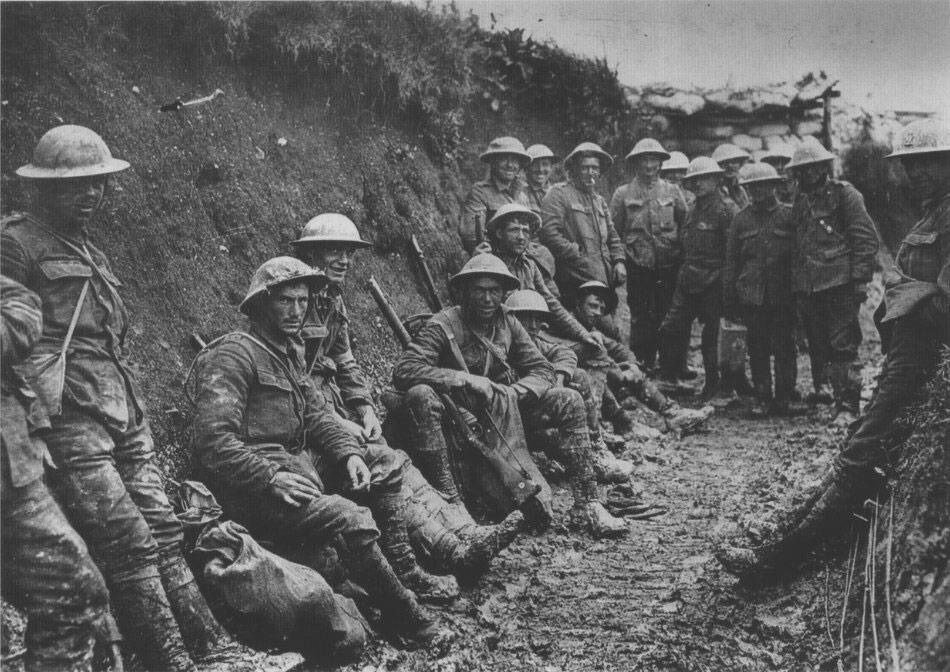
In the European Theater, the United States was instrumental in several key battles. Under the leadership of General Dwight D. Eisenhower, American forces participated in the North African Campaign and the invasion of Italy. However, the most notable contribution came on June 6, 1944, with the D-Day invasion of Normandy, where Allied forces launched a massive amphibious assault on German-occupied France. This operation marked the beginning of the end for Nazi Germany, culminating in the liberation of Paris and eventually leading to Germany’s unconditional surrender in May 1945.
Simultaneously, in the Pacific Theater, American forces faced a different challenge. Significant battles included the Battle of Midway, where the U.S. Navy delivered a decisive blow to the Japanese fleet, and the island-hopping campaigns that saw fierce engagements at Iwo Jima and Okinawa. General Douglas MacArthur and Admiral Chester W. Nimitz were key figures in these efforts, driving the strategy that ultimately led to Japan’s surrender following the atomic bombings of Hiroshima and Nagasaki in August 1945.
The leadership of President Franklin D. Roosevelt was crucial throughout the war. His ability to unify the nation and manage the extensive wartime economy ensured that the United States could sustain its military efforts on multiple fronts. Roosevelt’s death in April 1945 saw Harry S. Truman stepping in to see the war to its conclusion.
World War II had a profound impact on the global stage, establishing the United States as a superpower and laying the groundwork for the United Nations’ creation. The war also spurred significant technological and industrial advancements, reshaping the world in the years to come.
The Cold War Era
The Cold War, spanning from 1947 to 1991, was a period of geopolitical tension between the United States and the Soviet Union. This era was marked by a series of events that shaped not only the foreign policy but also the social fabric of the United States. The ideological rivalry between capitalism, championed by the U.S., and communism, led by the Soviet Union, created a global atmosphere of suspicion and competition.
One of the first significant conflicts of the Cold War was the Korean War (1950-1953). Following the division of Korea at the 38th parallel after World War II, North Korea, supported by the Soviet Union and China, invaded South Korea. The United States, under the banner of the United Nations, intervened to support South Korea. The war ended in a stalemate, with the Korean Peninsula still divided, highlighting the global struggle between the two superpowers.
The Cuban Missile Crisis in 1962 brought the world to the brink of nuclear war. The discovery of Soviet ballistic missiles in Cuba prompted a tense 13-day standoff between the United States and the Soviet Union. President John F. Kennedy’s administration enforced a naval blockade around Cuba and negotiated with Soviet Premier Nikita Khrushchev. The crisis ended with the Soviet Union agreeing to dismantle the missiles in exchange for the U.S. promising not to invade Cuba and secretly agreeing to remove American missiles from Turkey.
The Vietnam War (1955-1975) was another pivotal event in this era. The United States aimed to prevent the spread of communism in Southeast Asia by supporting South Vietnam against the communist North, backed by the Soviet Union and China. The conflict deeply divided American society, leading to widespread protests and a reassessment of U.S. foreign policy. The war ended with the fall of Saigon and the unification of Vietnam under communist control, marking a significant moment in Cold War history.
During the Cold War, the Space Race symbolized the technological and ideological competition between the U.S. and the Soviet Union. The Soviet Union’s launch of Sputnik in 1957 spurred the United States to accelerate its space program, culminating in the Apollo 11 moon landing in 1969. This achievement not only demonstrated American technological prowess but also served as a powerful propaganda tool in the ideological battle against communism.
The Cold War influenced American society and foreign policy profoundly. The fear of communist infiltration led to domestic policies like McCarthyism, significantly impacting civil liberties. Moreover, the United States’ global strategy was heavily focused on containing communism, leading to alliances like NATO and interventions in various parts of the world. This era fundamentally shaped the modern geopolitical landscape and the United States’ role on the global stage.
The Gulf Wars
The United States’ involvement in the Gulf Wars, particularly the Persian Gulf War (1990-1991) and the Iraq War (2003-2011), marked significant chapters in modern military history. The Persian Gulf War, also known as Operation Desert Storm, arose from Iraq’s invasion of Kuwait in August 1990. The aggression by Saddam Hussein’s regime was met with international condemnation, leading to a coalition force led by the United States under President George H.W. Bush.
The primary objective of Operation Desert Storm was to liberate Kuwait from Iraqi occupation. The coalition, comprising forces from 35 nations, launched a massive aerial bombardment on January 17, 1991, followed by a ground assault in late February. The military campaign was swift and decisive, resulting in the liberation of Kuwait within 100 hours of the ground offensive. The conflict underscored the U.S.’s military prowess and its capacity to lead multinational coalitions effectively.
In contrast, the Iraq War, initiated in 2003 under President George W. Bush, was a more protracted and controversial endeavor. The primary justification for the invasion was the alleged presence of weapons of mass destruction (WMDs) and the purported links between Saddam Hussein’s regime and terrorist groups like al-Qaeda. Despite a lack of concrete evidence, the U.S. led a coalition that invaded Iraq on March 20, 2003.
Major operations, such as the initial “shock and awe” campaign, aimed to quickly dismantle the Iraqi government’s military capabilities. Key figures in this conflict included U.S. military leaders like General Tommy Franks and political figures such as Secretary of Defense Donald Rumsfeld. Despite the rapid initial success, the subsequent insurgency and sectarian violence prolonged the conflict, leading to significant loss of life and considerable expenditure.
The outcomes of both Gulf Wars have been subjects of extensive debate. While the Persian Gulf War is often cited as a textbook example of a successful military intervention, the Iraq War has been criticized for its long-term destabilizing effects on the region and the eventual realization that no WMDs were found. These controversies have sparked ongoing discussions about U.S. foreign policy, military strategy, and the ethical implications of interventionist actions.
Modern Conflicts and the War on Terror
The dawn of the 21st century marked a significant shift in the United States’ military engagements, primarily driven by the events of September 11, 2001. The attacks on the World Trade Center and the Pentagon not only shocked the nation but also catalyzed a series of military operations under the broad umbrella of the War on Terror. The immediate response was the launch of Operation Enduring Freedom in Afghanistan, aimed at dismantling al-Qaeda and removing the Taliban from power. This marked the beginning of the longest-running conflict in U.S. history, with American troops remaining in the region for nearly two decades.
In parallel, the U.S. engaged in efforts to combat the rise of the Islamic State of Iraq and Syria (ISIS), a formidable terrorist organization that gained significant ground in the early 2010s. Through a series of coordinated military operations, including airstrikes and support for local ground forces, the U.S. and its allies managed to significantly degrade ISIS’s capabilities. However, the group’s influence and the ideology it propagated continue to pose a threat, necessitating ongoing vigilance and counter-terrorism measures.
The War on Terror has profoundly influenced U.S. foreign and domestic policies. Internationally, it has shaped alliances, with NATO invoking Article 5 for the first time in response to the 9/11 attacks, thus reinforcing collective defense strategies. Domestically, the establishment of the Department of Homeland Security and the implementation of the USA PATRIOT Act are direct outcomes, reflecting a heightened emphasis on national security and intelligence gathering. These measures, while aimed at protecting citizens, have also sparked debates over civil liberties and privacy.
The ramifications of these modern conflicts extend beyond immediate military objectives. They have redefined U.S. engagement on the global stage, emphasizing counter-terrorism and the need for adaptable strategies in an evolving threat landscape. As the United States continues to navigate these challenges, the lessons learned from the War on Terror will undoubtedly inform future policy decisions, shaping the nation’s approach to global security and its role in international affairs.
OUR SITE: toinewsalert.com
The Role and Responsibilities of the President of the United States,1
The Role and Responsibilities of the President of the United States,1
Fish Oil Supplements May Raise Risk of Stroke and Heart Issues: Study Suggests
Fish Oil Supplements May Raise Risk of Stroke and Heart Issues: Study Suggests
The Astonishing Capacity of the Human Brain: Storing 10x More Information Than Previously Thought
The Astonishing Capacity of the Human Brain: Storing 10x More Information Than Previously Thought





